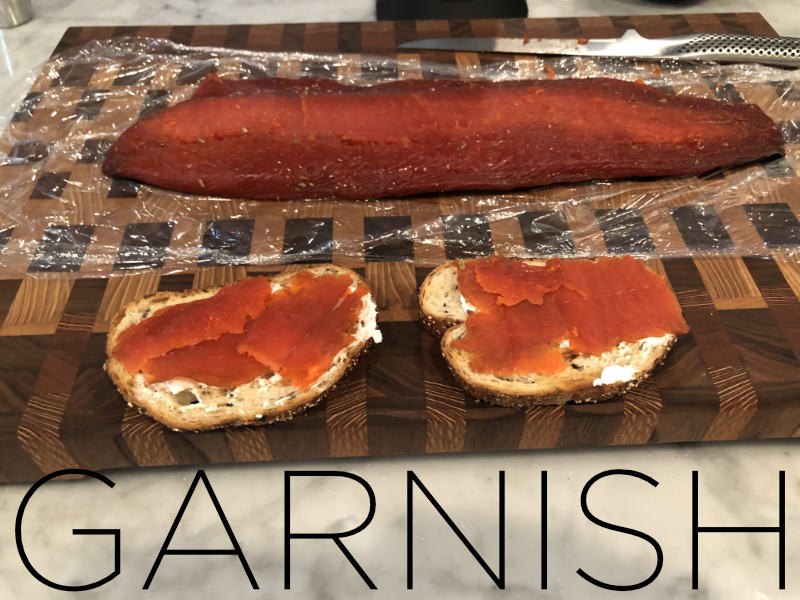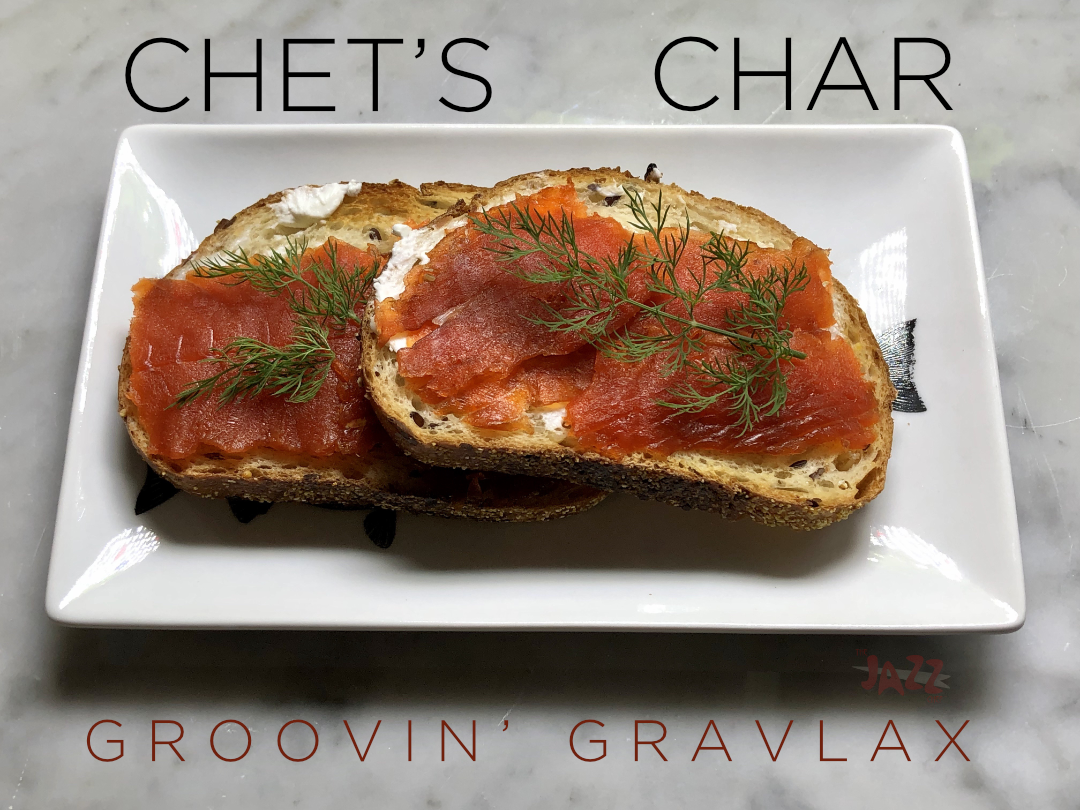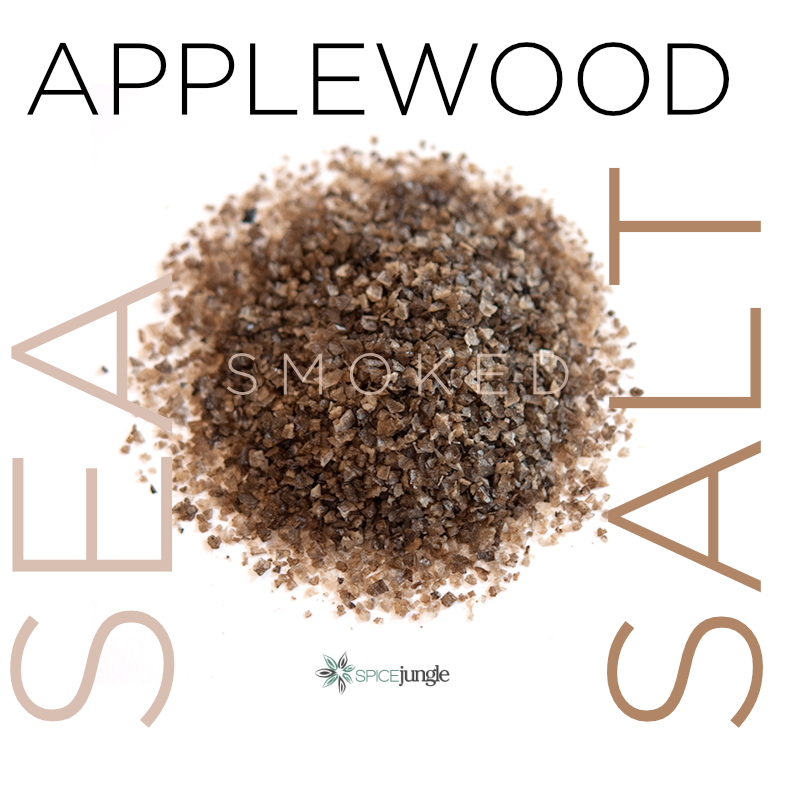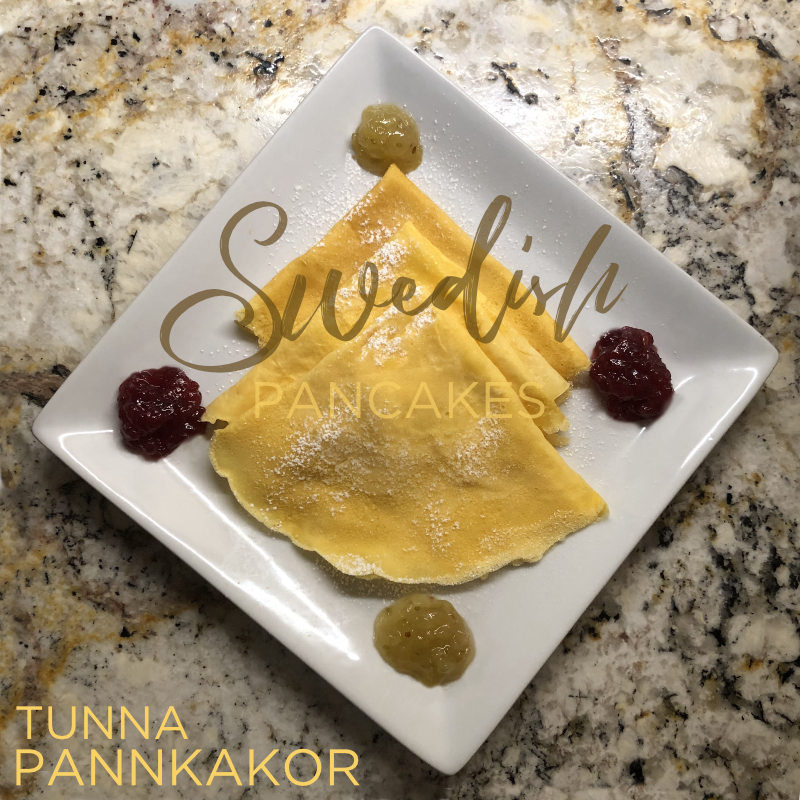Lox of Love
Gravlax has a “lox” on smoked salmon. It puts the deli into delicious. Well, at least Google Keywords will be happy with that corny riff!
Meet Chet’s Char. Char is a fish that is very similar to salmon. It makes a nice gravlax (lox) that you can cure yourself easily! You can also use salmon. Just double the recipe for the “cure” below because those filets are longer, and heavier.
Named for Chet Baker, my fave trumpter, like him, it’s rich, complex, melodic, and a bit alcohol-infused. (Before it burns off in the sugar cure.)
For real: Every time that I see someone spend $44/lb at a deli on lox, or even pick up one of those $18.00 ‘cards’ of salmon at Costco, I cringe. Gravlax is ridiculously easy to cure. There’s not a lot of magic to it, and you can do SO MANY things with it, and a little improvisational imagination.
While we’re all used to the salt/sugar/white pepper cure, along with the dull dill Scandanavian slant, which make up 95% of the lox load, it can have an almost infinite number of flavors.
In the ‘why be boring?’ department, you know that I’ve got a riff that will make you smile.
Curing Fish, 101
The basics? Kosher salt, and sugar.
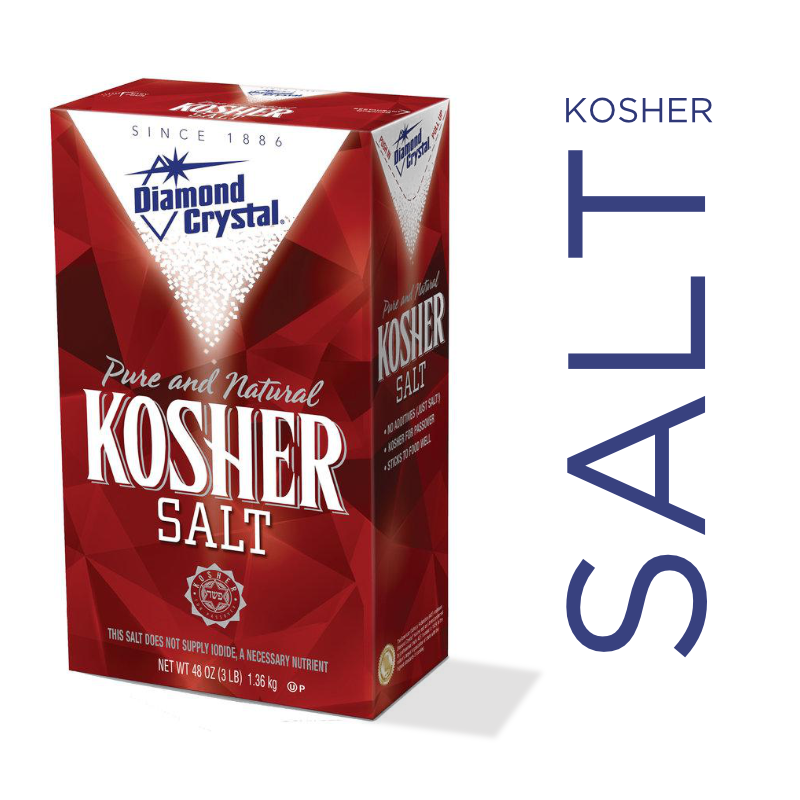
Salt is the “exchanger.” In all living things, it helps move water in and out of cells.
Curing differs from brining in that, in brining, you’re trading out fluids inside the meat, and some bacteria, for good fluids, at 1:1.
In a cure, we’re intentionally removing fluids from the meats being cured. That’s why hams bacons, and salmon have a more compact feel.
So when we “cure” a piece of char, or salmon, into gravlax, we move water, and bacteria that would render the raw salmon pretty rancid, and disgusting, out, and move flavors in.
Kosher salts differ. A lot. That’s why, when a Twitter rumor started, in 2019, that Diamond Crystal was going out of business, it started a stampede of top professional, and home, chefs to grab boxes before it went away.
Read about what makes this Kosher salt unique, especially for curing, here.
We could cure the fish just with salt. It would be a bit harsh. Sugar helps balance out a gravlax cure and enhances the flavor of the fish.
The Flavor Game
As long as we’re “curing” the fish, why not infuse it with some flavor, as the bad stuff is on its way out?
Traditional flavors incorporate pepper, or white pepper, or dill. There really is a limitless number of riffs that you can do with flavoring gravlax.
Here we blend a little fennel seed, Raki, a Turkish anisette liquor, a touch of tangarine zest, its juice, and applewood smoke, into a aromatic marvel.
This is one of the better combos that I’ve created, but it’s only a reference. Feel free to experiment with your own.
If you want to make “Lox” or smoked salmon, the only difference is the addition of smoke.
The Chet’s Char blend includes:
- Mild Aleppo chile pepper, or “Aleppo-style” since Aleppo, Syria, was reduced to rubble in that nation’s civil war. It adds a little earthiness;
- White pepper, to bring a little pungent counter to the sweet, and earthy notes;
- Fennel seed, which is both a fragrant and a sweet, pleasant spice that rises well out of the salt and sugar;
- A little tangerine zest and a splash of tangerine juice act as citrus notes that blend well with the fennel;
- The sugar offsets the salt, and brings up the flavor of the fish.
- The Yeni Raki is a touch of exotic anise flavor that pairs well with the fennel and does a duet with the tangerine (Chet would approve).
- Applewood smoked salt – Provides that “smoked” taste, without having to resort to a cold-smoker.
Smokeless Smoking? Smoked Salts!
One problem, for a long time, for home chefs wanting to cure fish with a touch of smoke was the “smoked” part of smoked salmon.
Where there’s smoke, there’s fire. Where there is fire, there is heat. Heat cooks, not cures, the fish. The answer, originally, was using a cold smoker, usually some sort of box with an attachment that brings in the smoke, but channels away the heat.
Not too many homes with their own cold smoker. Those of you reading this who HAVE a cold smoker, I can feel your smug superiority screaming across the Internet at me. Smoke the fish for about 5-8 minutes with applewood chips before putting it into the cure.
For the rest of us, there are now smoked salts, which impart a wonderful smoked flavor, without the smoker. Applewood, or alderwood, work best with char, or salmon.
Smoker owners can play with their gear. For the rest of us, we drop a little Kosher salt, and add in some smoked salt, for flavor.
Gravlax Curing Ratio
Remembering ratios of ingredients can help you make them on the fly, without resorting to recipes, a bit better. The cure is, roughly:
Gravlax Cure: 2:1 Sugar/Salt (2 parts sugar, to 1 part salt.)
Scale It
No, not descale the fish, although you should do that first.
Gravlax, or any other cured food, like baking, is one of those things that cries out for weight measure, as it helps us keep our ratios more accurate.
So grab a scale, set it to those evil GRAMS, because Base-10 weights are SIMPLE, and follow along.
You’re going to use the tare button. Tare is old-school scale-speak for “zero.”
It allows you to put a container, like a bowl, or a pan, on to the scale, and deduct its weight from your measure, so you don’t have to add in your head.
GO REAL BROWN, THE SUGAR OF REKNOWN
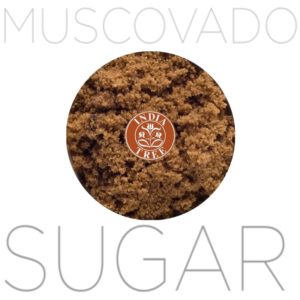 This recipe calls for Muscovado, real-deal brown sugar from the rich burnt cane, higher in fiber, and lower in sucrose-super-sweetnesss.
This recipe calls for Muscovado, real-deal brown sugar from the rich burnt cane, higher in fiber, and lower in sucrose-super-sweetnesss.
Can you get away with brown sugar? Sure. You can also skin your Rolls Royce with ads for Viagra, and international prepaid phone cards.
Muscovado is “real” brown sugar. The rich, burnt cane. Not white sugar with molassses added. The richness cannot be replaced by cheap, and more high-glycemic, mass-market sugars.
THE STUFF
THE FISH
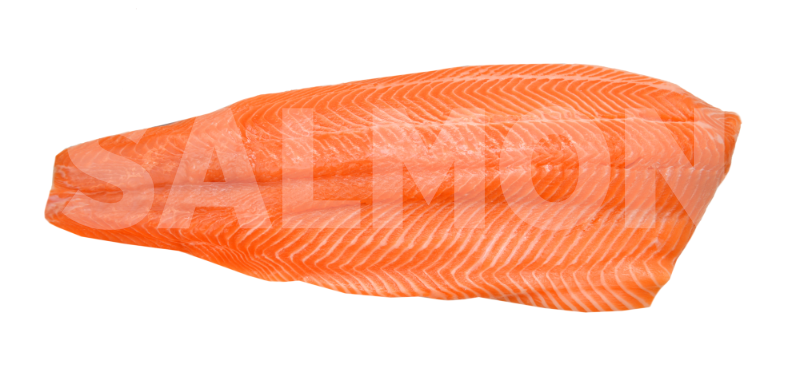
- 1 char filet, or salmon filet, skin on, deboned.
At the market, look for a piece of fish that preferably is around 3-4 cm. (1-1.5 in) or thinner, at its thickest point. The more even the meat is from tail to center, the better the filet for a gravlax. Thick-centered filets cure unevenly. Until you get good at eyeballing fish, you can always ask your store’s fish monger to help you pick out a piece for curing.

(With no apologies to Gary X, or hPeter O’Toole).
The Cure is a Post-Punk rock band that has had more band member changes than a Spanish Diario, but they still perform around the world. Check them out on Spotify, and go to their next tour date near you!
The Cure
(For a full salmon filet, double the recipe.
- 75 g. organic sugar;
- 90 g. muscovado sugar;
- 87 grams Diamond Crystal Kosher Salt*;
- 30 ml. Raki, Aquavit, or other anise liquor;
- 20 g. applewood smoked salt;
- 10 g. white peppercorns, toasted and cracked;
- 20 g. fennel seeds, toasted;
- 5 g. of aleppo chili flakes. It adds a little earthiness
- Zest of one tangerine;
- Juice of one half of a tangerine.
The Gear
- One 10-12” work bowl;
- Ozeri digital scale, or equivalent;
- Zester;
- Spoons to add ingredients;
- Spatulas;
- Spice grinder or mortar/pestle;
- A small ceramic, or other non-stick sautée pan;
- Small citrus juicer;
- Any liquid container that will hold at least 50ml
- Clean kitchen towels;
- Hand or dish soap.
- Lipped baking tray, or glass pyrex baking dish to catch liquid during refrigerator cure that lets the fish lie competely flat, and also fits your fridge;
- Lots of plastic wrap.
PREP TIME
20 minutes @ start; 5-10 minutes @ finish.
CURE TIME
1-3 days, depending upon fish, thickness.
The Steps
Initial Prep
- Make sure that the kitchen counters and prep spaces are clean before you start. Wash up before handling any of the food, and after each step. We’re curing the fish of bad bacteria. No need to introduce anything else new into the salt cure!
- Put the pan on the scale. Turn the scale on, set to GRAMS. If the weight of the pan is on there, hit TARE to zero it. We want to weigh the ingredients, not the pan.
- Toast the fennel and white peppercorns in the sautée pan over medium-low heat for 3-5 minutes, until fragrant. DO NOT toast until the seeds are browned/toasted. Set aside to cool a bit.
- Put the work bowl on the scale. You’ll repeat the “tare” prodedure after adding any of the measured dry ingredients. Once you get the hang of it, it’s so much more accurate, and easy. Measuring cups and spoons lie like rugs about the volume in them. Add the salt. Tare the scale.
Add the muscovado sugar to the work bowl. Tare. - Add the organic cane sugar. Tare.
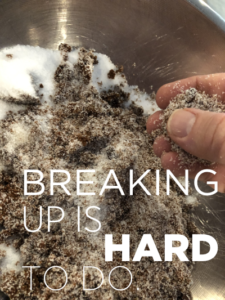
- Remove the work bowl from the scale, and place on the counter next to it. Using your fingers, break down, and integrate all of the muscovado sugar lumps with the salt and cane sugar until there are no lumps left.
- Make sure to brush all of the ingredients off of your hands, and back into the work bowl, before you wash your hands. We need all of our ingredients!
- Transfer the seeds from the pan to the grinder, or mortar/pestle. Rough grind for 10-15 seconds in the machine, or about 3-5 minutes with the pestle in the mortar. They don’t need to be powder. Add to the work bowl.
- Using your zester, zest the tangerine(s) into the work bowl. Reserve the fruit for juicing.
- Add all remaining dry ingredients in the cure by taring the scale, and adding the measured amount.
- Put your liquids cup on to the scale. Turn on/tare. Switch to ML (Milliliters). Pour the correct amount of Yeni Raki into the cup. Remove from the scale. Juice the tangerine fruit over the cup to add.
- Using a spatula, mix in the liquid by hand, until the moisture is distributed throughout the rough mass. Do not over mix.
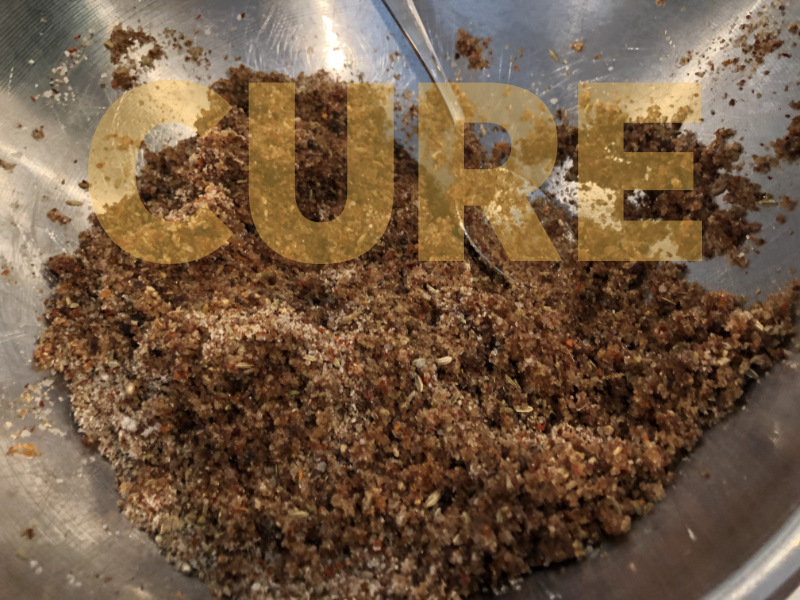
- Put the pan on your work surface. Bring out the fish. Before you pull the fish out of any packaging, test to make sure that it fits the pan. If it’s coming out of a container, clean the pan and dry it before proceeding. If the fish doesn’t lie flat, you need a larger pan that will catch liquid while leaving the fish flat. The salt/sugar cure has to make contact with all of the fish AT ALL TIMES in order to cure it properly.
- Proper plastic wrap makes, or breaks, this recipe. Once we put the cure all over the fish, we have to keep it close. The salt is going to work its way in, and exchange fluid out. About 30%-50% of the fluid in the fish flesh will be sweat out, as flavor is inserted. We have to use several layers of wrap to seal it, so it doesn’t leak in the process, and the cure stays with the fish. Put the plastic wrap box to the left of your tray on the counter. Have the tray horizontal, the long part going to the left-right, in front of you. Before we do long, let’s start with wide. Pull off a piece of plastic wrap, at least three times the width of your fish. Put on the tray in the middle, making a cross between the tray, and the plastic.
- Now we go wide: Pull out another strip that is a few inches longer, on either side, than the length of your fish. Cut it and lay it down across the tray, over the top of the other strip, making our plastic “cross.”
- On the long sheet of plastic wrap, spatula out a pile of the cure, about 1/4” deep, that is as long, and as wide, as the fish. Shape it like the fish, for width, so there is as little excess outside of the fish as possible.
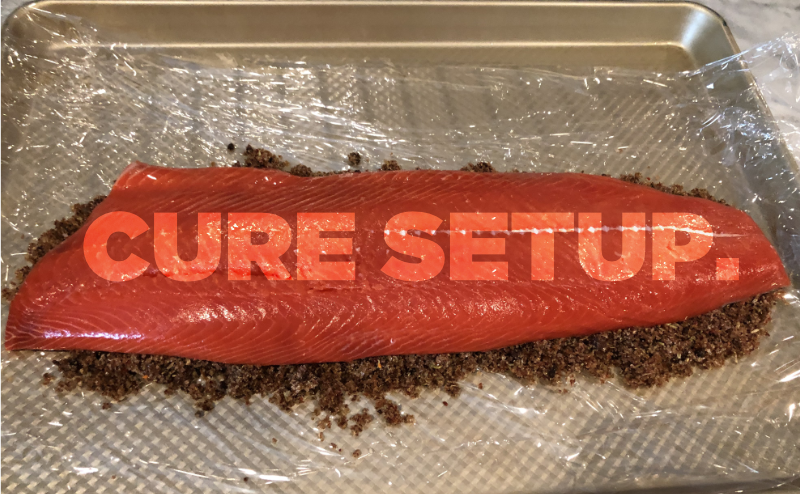
- Place the fish, skin side down, on top of the cure. Spoon the remainder of the cure, across the top of the fish, and over its sides, so it is completely covered, about 3/8” to 1/4”.
- Bring the long edges of the wrap together as firmly as possible, allowing as little air/gaps between the wrap and the cure. Take the “cross” vertical piece and use it to seal up the first wrap of the fish. Depending on length, you might need another vertical at either end, as well.
- Set the fish aside, off the tray, line up another round of plastic wrap, and do it again. Flip over the seam-side of your wrapped fish, which should be up, so it’s on the new plastic wrap. Seal up the fish again. Repeat this flip and seal one more time. We’re making sure that the cure, and the fluids that will come out of the fish, don’t leak out. They have to make contact for this to work.
- Take the fish, and tray/pan, and put them into the refrigerator to cure. Make a reminder on your phone, or on a calendar, to check the fish twenty-four hours later.
Day One
Check on the fish. Hopefully you have no leakage from your wrap. If you have a little bit, that’s okay, grab a bit more plastic wrap and mummify it again, carefully. If you have a lot, you may need to start over again. What you should be looking for:
- Fish is more rigid. It shouldn’t flop around.
- Gently feel the top of the fish. If it’s uniformly firm, not hard, across the filet, then it is likely ready. The thinner end is going to be harder. Char can be done in 24 hours Most standard American salmon filets take at least 36-48 hours. If it has any soft spots.
Turn the fish over, if it still is softer/squishy in spots. For char, and smaller salmon filets, check again in twelve hours, but don’t turn it again. If it’s ready, move on to the finishing steps on Day Two.
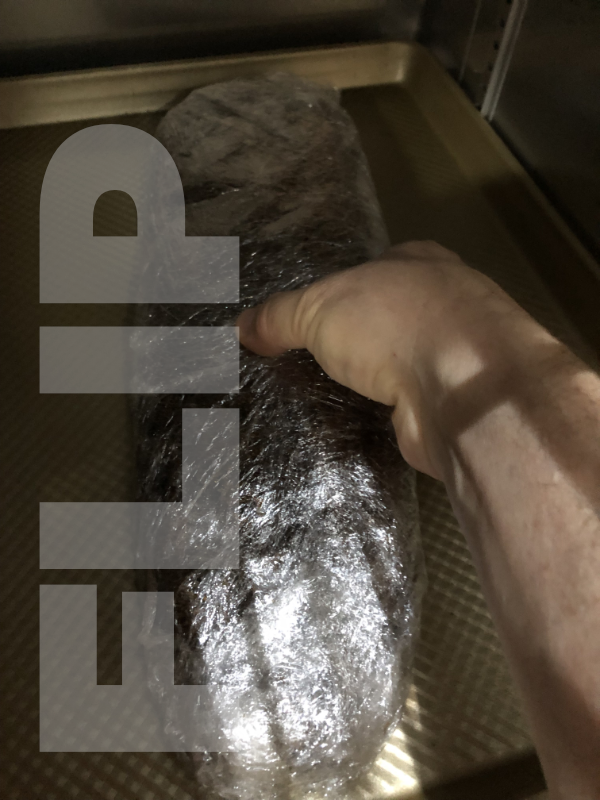
Day Two
Unless you have an insanely thick salmon filet, it’s usually well cured by 48 hours. Filet is stiff, firm to the touch, but not rock hard. The ends that are thinner might get harder. If they’re too hard, then you needed to cut back on your curing time a bit, although they’ll still taste delicious.
- Make sure that your sink is very very clean.
- Remove from the refrigerator.
- Grab a sharp kitchen knife, and, from the skin side, open up the plastic wrap. Lifting the fish, with a slow stream of cold water running, pour out the excess salt and liquid from the plastic.
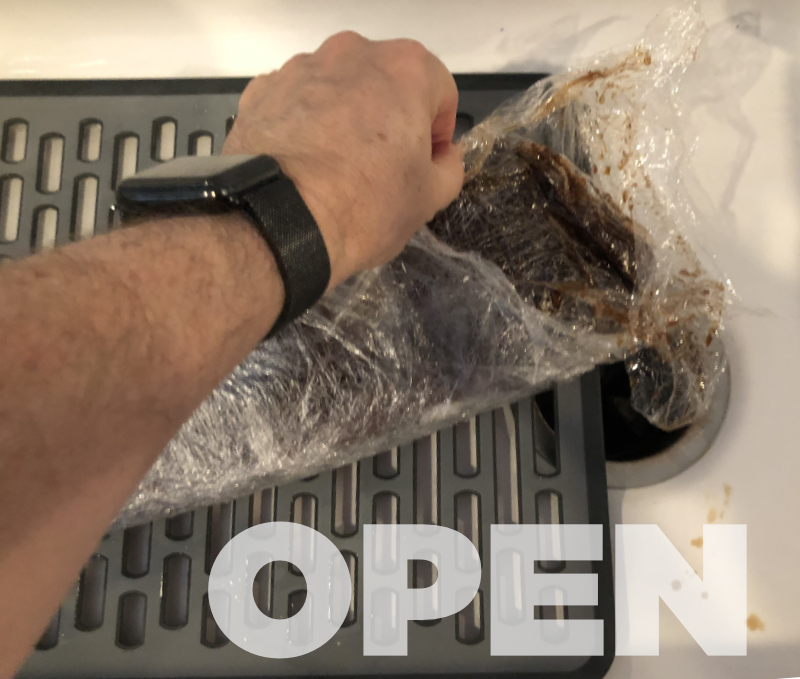
- Remove the fish from the plastic, and rinse off the excess salt, and any of the seed mix that might have stuck to it.
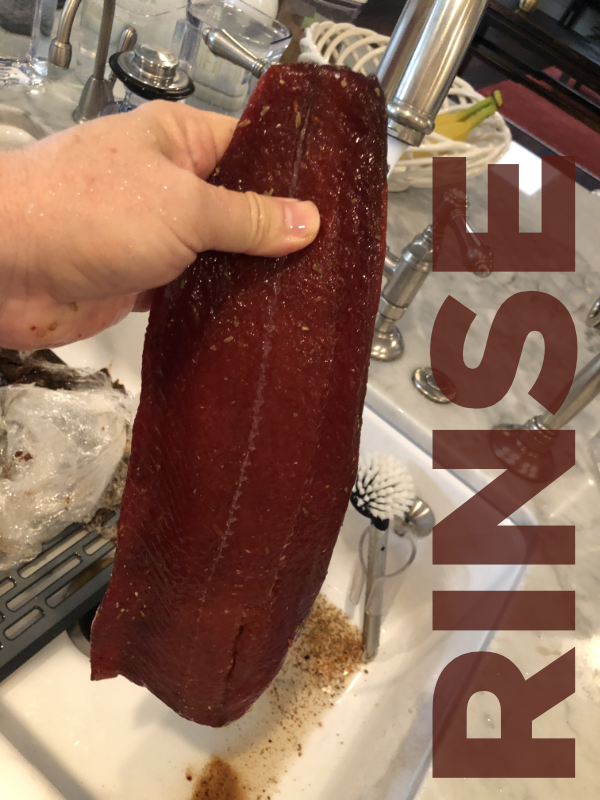
- Put on the tray or cutting board and pat dry with paper towels on both sides.

- When it’s dry, re-wrap it. It needs to rest, prior to service, at least twelve hours. See why in the next step.
Day Three
- Pull out the filet to serve. The fish has had some time to allow the remaining, more limited fluids in the fish to redistribute. It won’t seem as dry on the ends and edges as it did when you pulled it out.
- Using a very, very sharp boning, or sushi-grade knife is best. Starting from the thick part of the filet, cut lines down into the fish, along the the edges to make for a clean edge to your slices on either long side of the fish.
- Turn the knife flat, on top of the fish. From the thickest spot, begin slicing as THIN a slice of the fish from the top cured layer at its thickest point. It’s going to be a bit tougher than the fish inside because it’s been directly exposed to the salt cure. It’s super-tasty, though, so don’t chuck it. If it’s not visually appealing to serve, and you don’t want to snack on it, you can chop it and add to cream cheese for a really amazing lox spread, or pasta, with a bit of hazelnut oil, and salt.
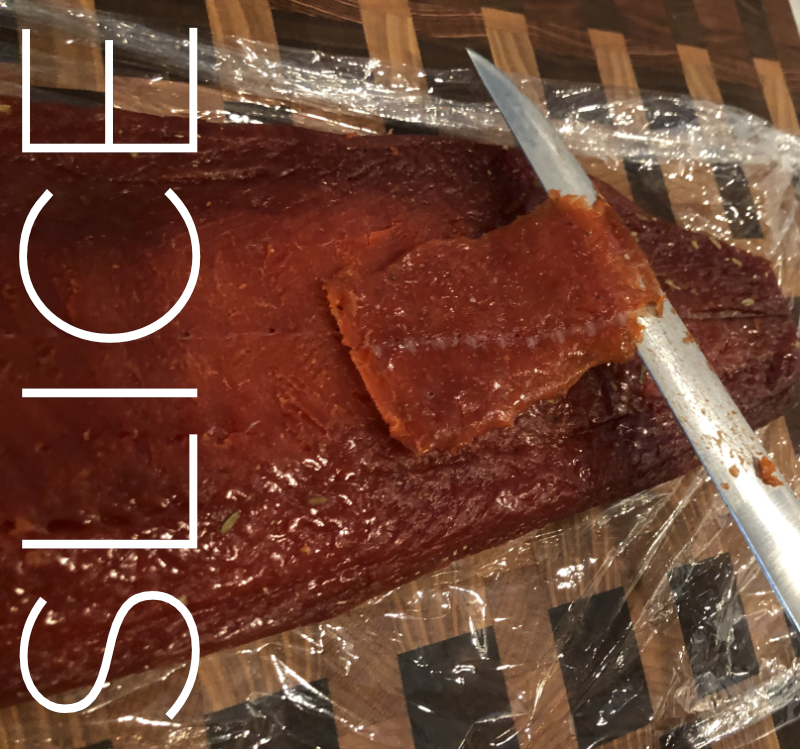
- Continue cutting thin slices from the fish, slicing across the top of the filet, from vertical line to vertical line. Practice, and a sharp knife will help with the look. Even torn-sliced fish, though, can still look and taste great on a piece of bread with a little creme-fraiche, goat cheese, or cream cheese.
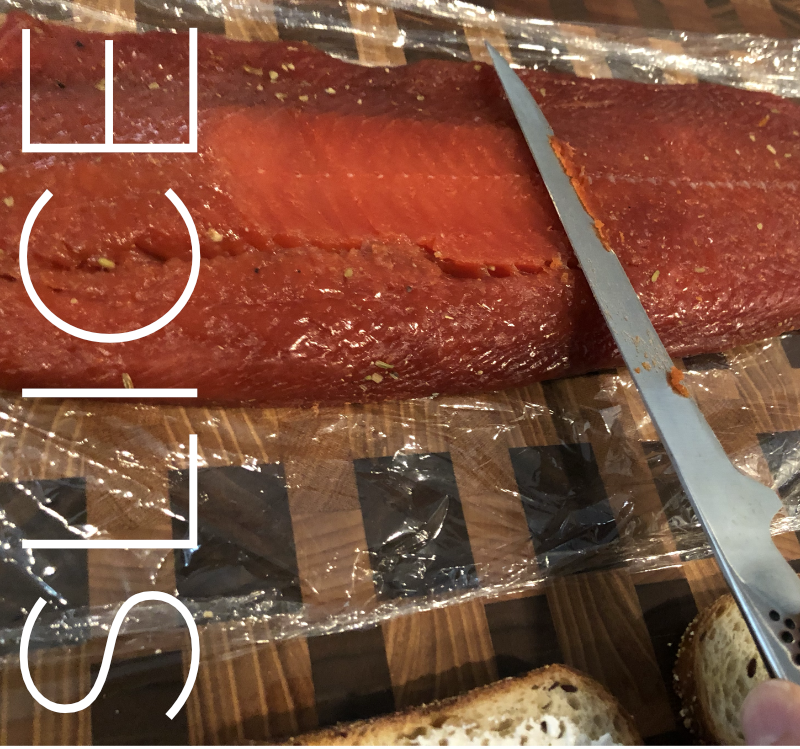
- Plate for service later, or add to lightly toasted bread with creme-fraiche, my fave, or goat cheese. Garnish with a sprig of dill. Serve.
